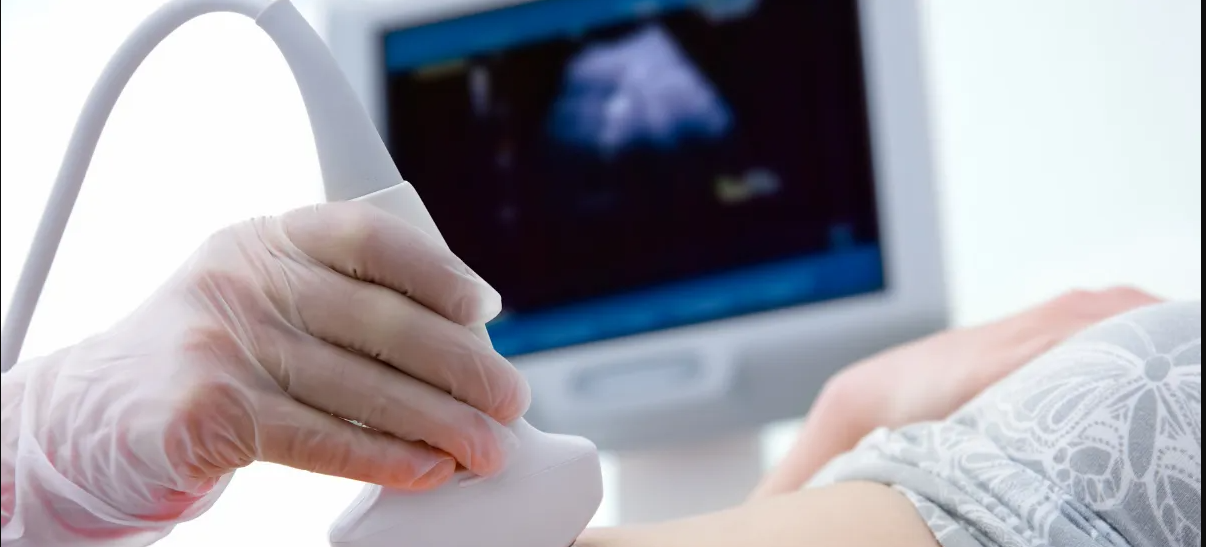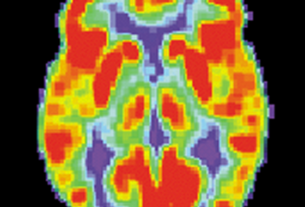SHEAR WAVE ELASTOGRAPHY
Shear wave elastography is a newer ultrasound technology used to check tissue stiffness. A transducer delivers high-intensity pulses that produce shear waves, which create a higher-quality image. The concept is similar to strain elastography, but instead of using transducer pressure to compare a shift in an ultrasound A-line (thereby measuring changes in strain), a higher intensity pulse is transmitted to produce shear waves, which extend laterally from the insonated structure. The shear waves may then be tracked with low intensity pulses to find the shear velocity and this velocity is related to Young’s modulus.
Types
- point shear wave elastography(pSWE)
- 2D-shear wave elastography(2D-SWE)
Applications
Applications of shear wave elastography are being developed for:
- breast ultrasound
- liver ultrasound
- detection of small lesions
- evaluation of diffuse liver disease
- prostate ultrasound
- thyroid nodule ultrasound
Usage Of Liver Elastography
Liver elastography is a non-invasive procedure that helps doctors assess the severity of liver disease and guide treatment decisions. It can be used for a variety of purposes, including:
- Detecting liver fibrosis
Liver elastography can help identify and stage liver fibrosis, or scarring. It can also help determine if a patient has advanced fibrosis or cirrhosis.
- Assessing liver health
Liver elastography can help evaluate the liver’s fat content and the risks of liver cancer, liver failure, and gastrointestinal bleeding.
- Monitoring treatment
Liver elastography can help doctors monitor how well a patient is responding to treatment for liver disease.
- Predicting complications
Liver elastography can help predict the risk of liver disease complications, such as ascites, or fluid accumulation in the abdomen.




